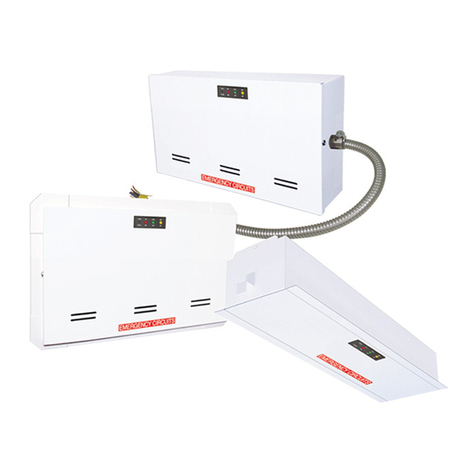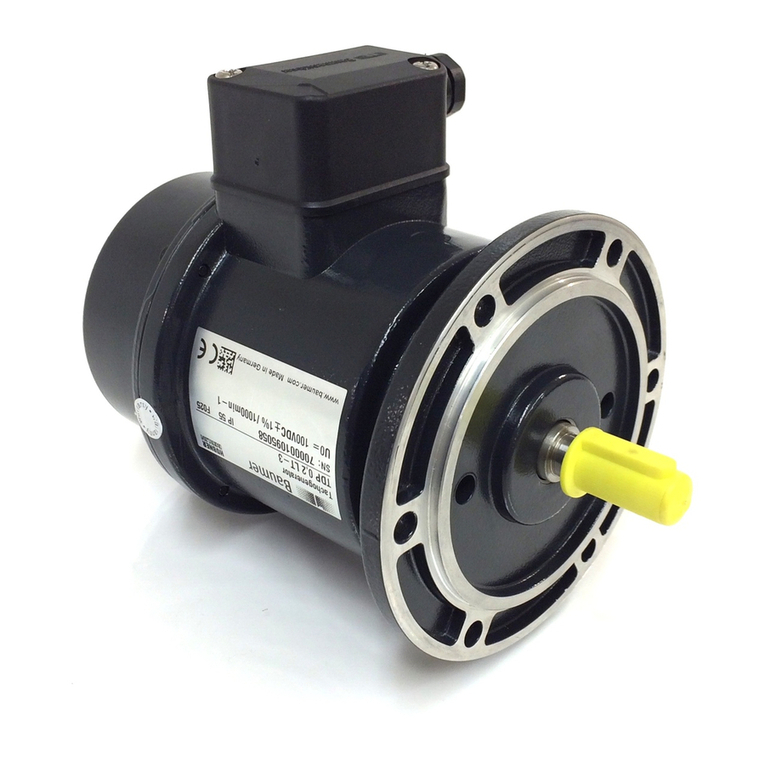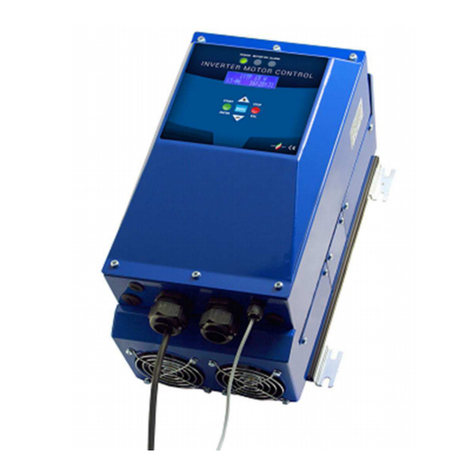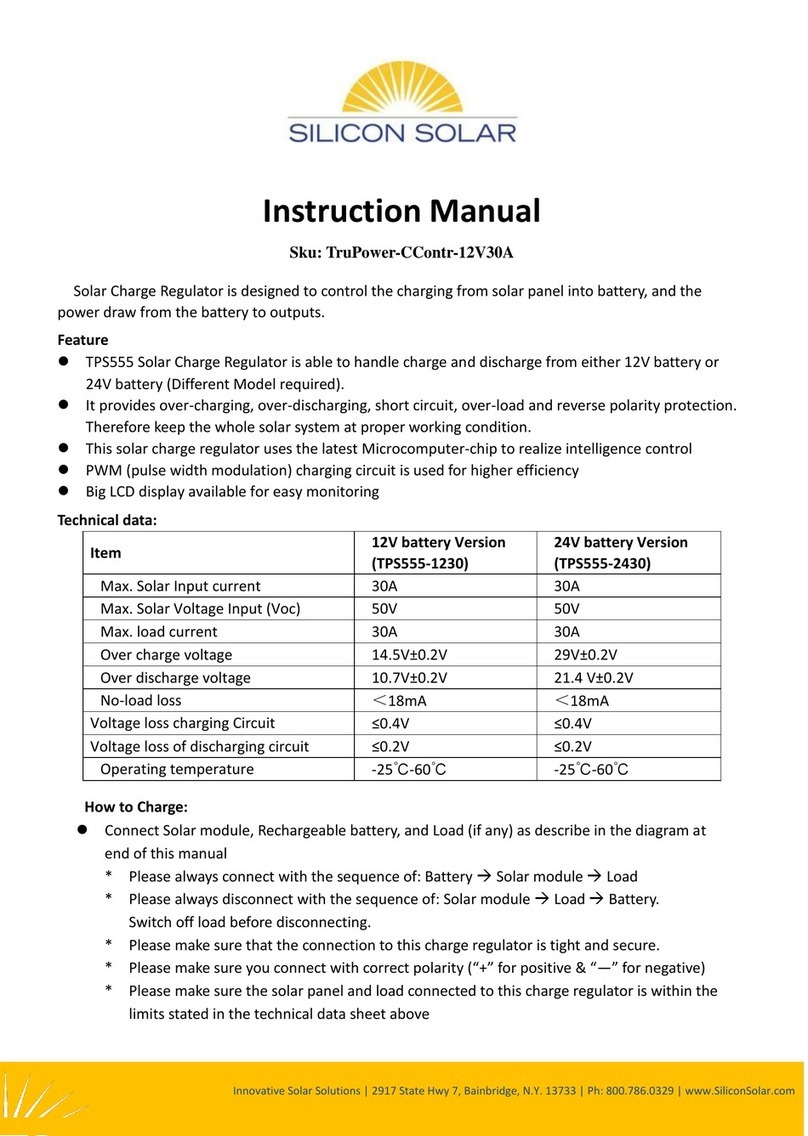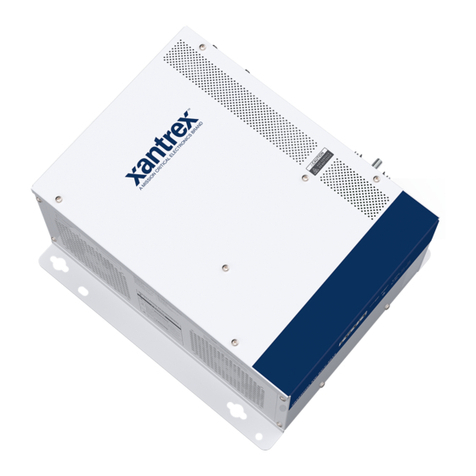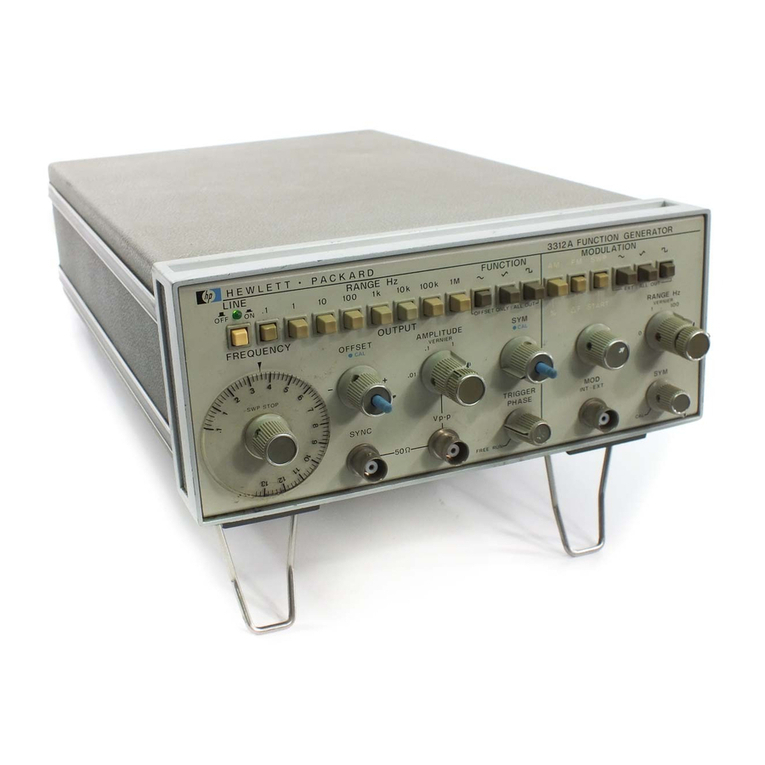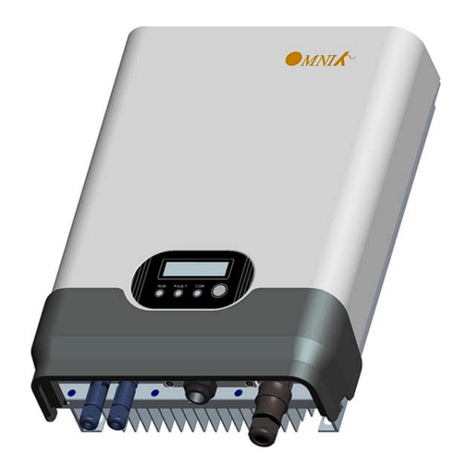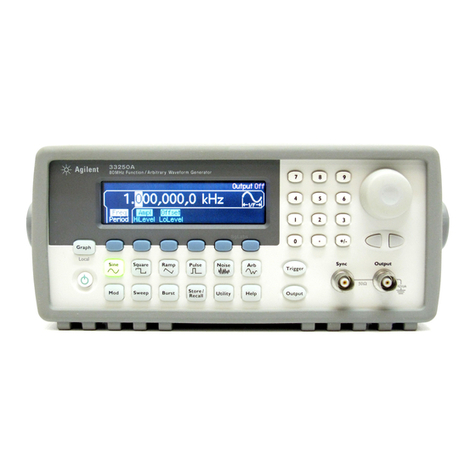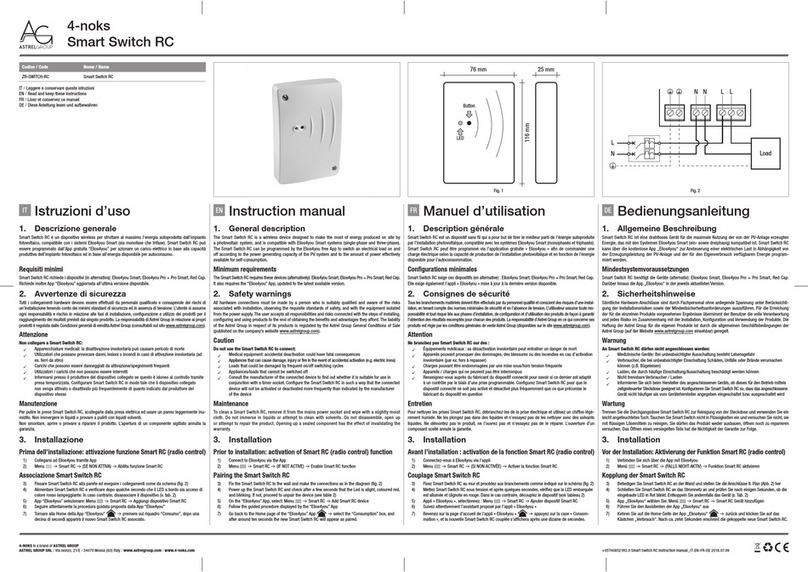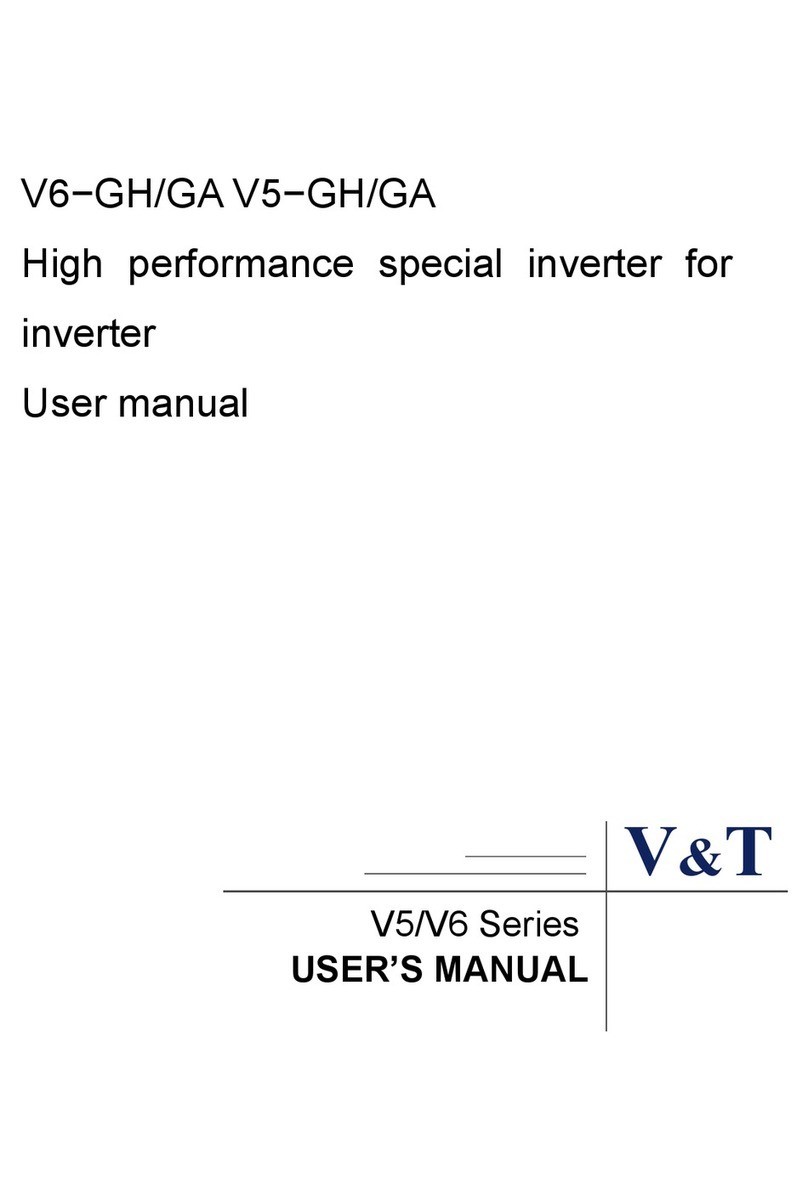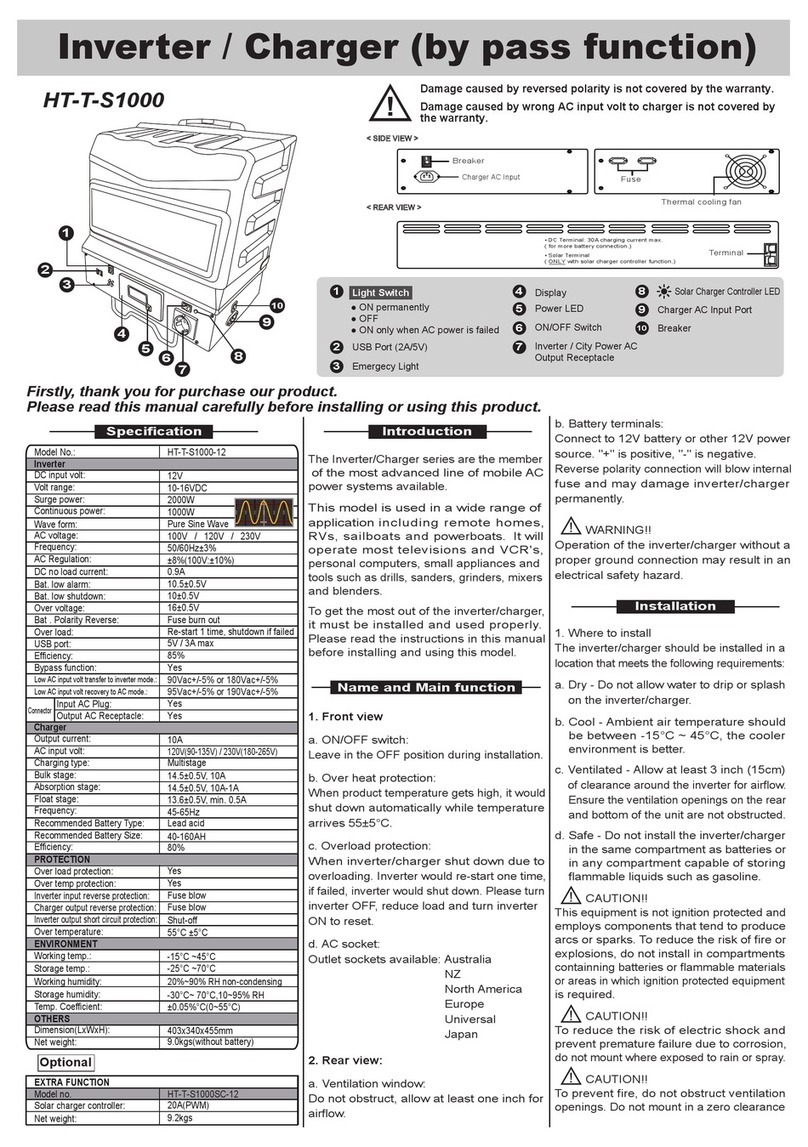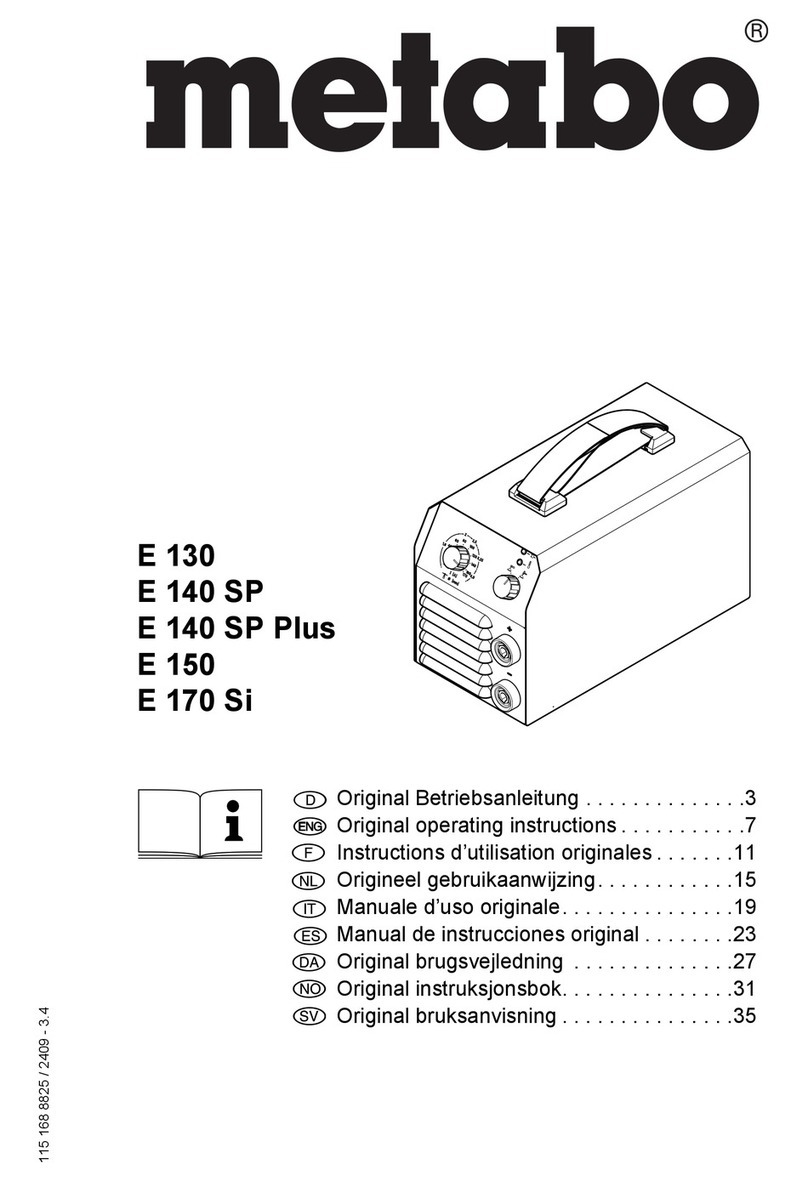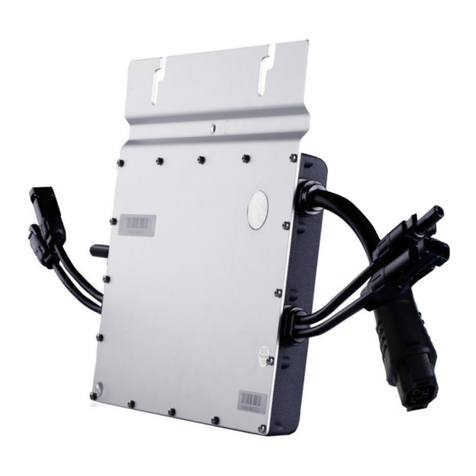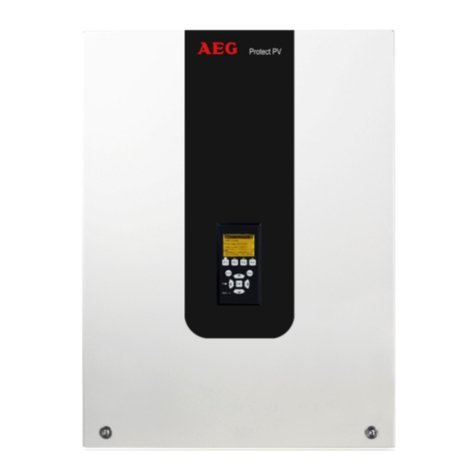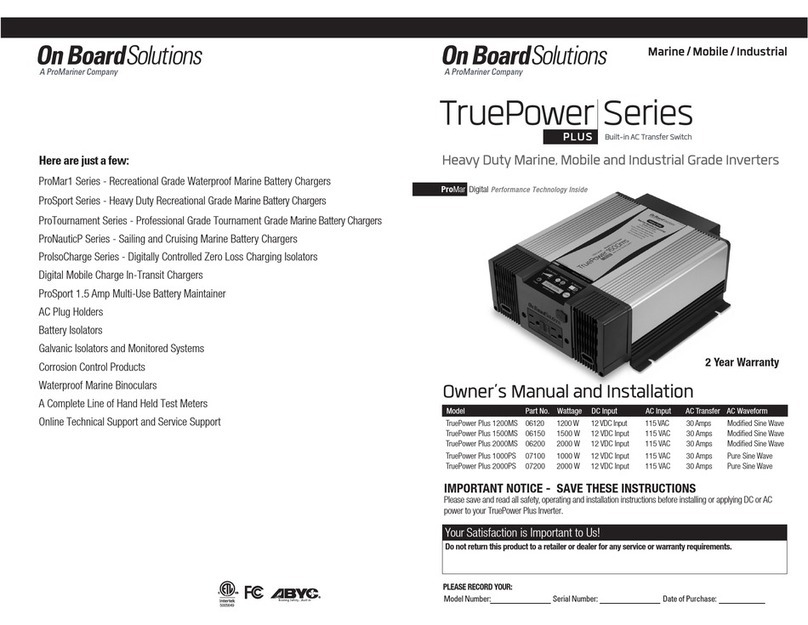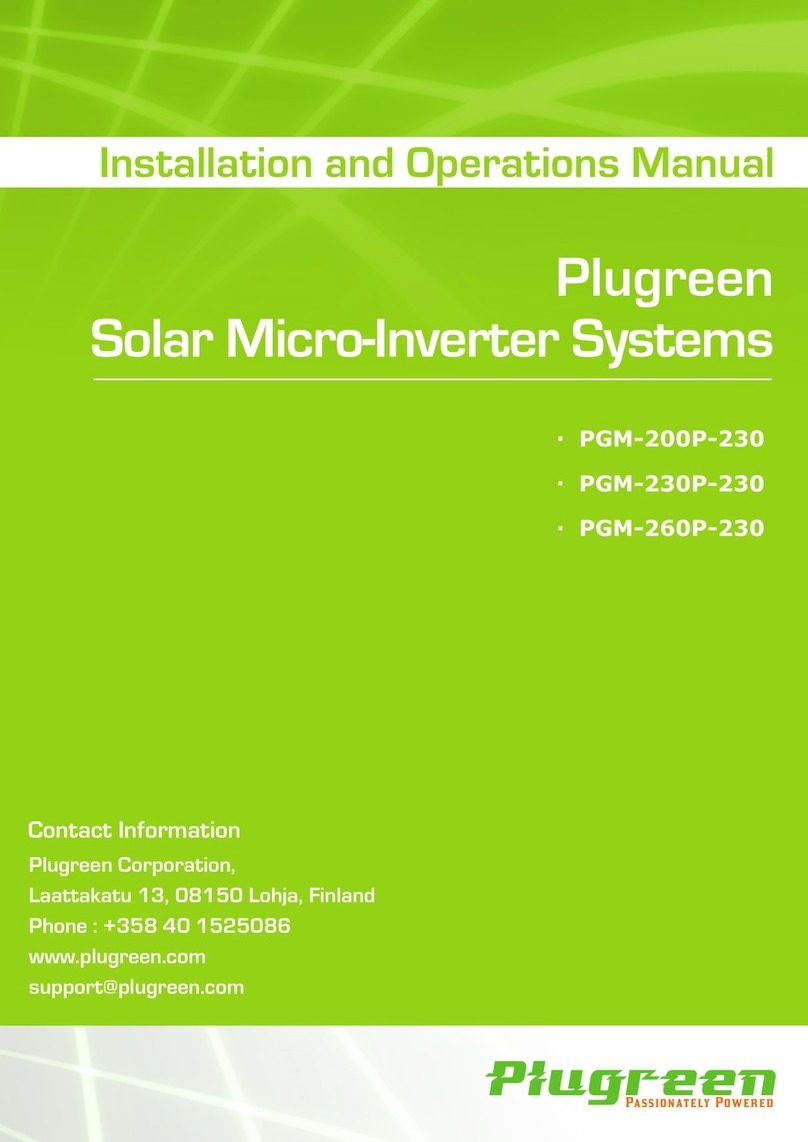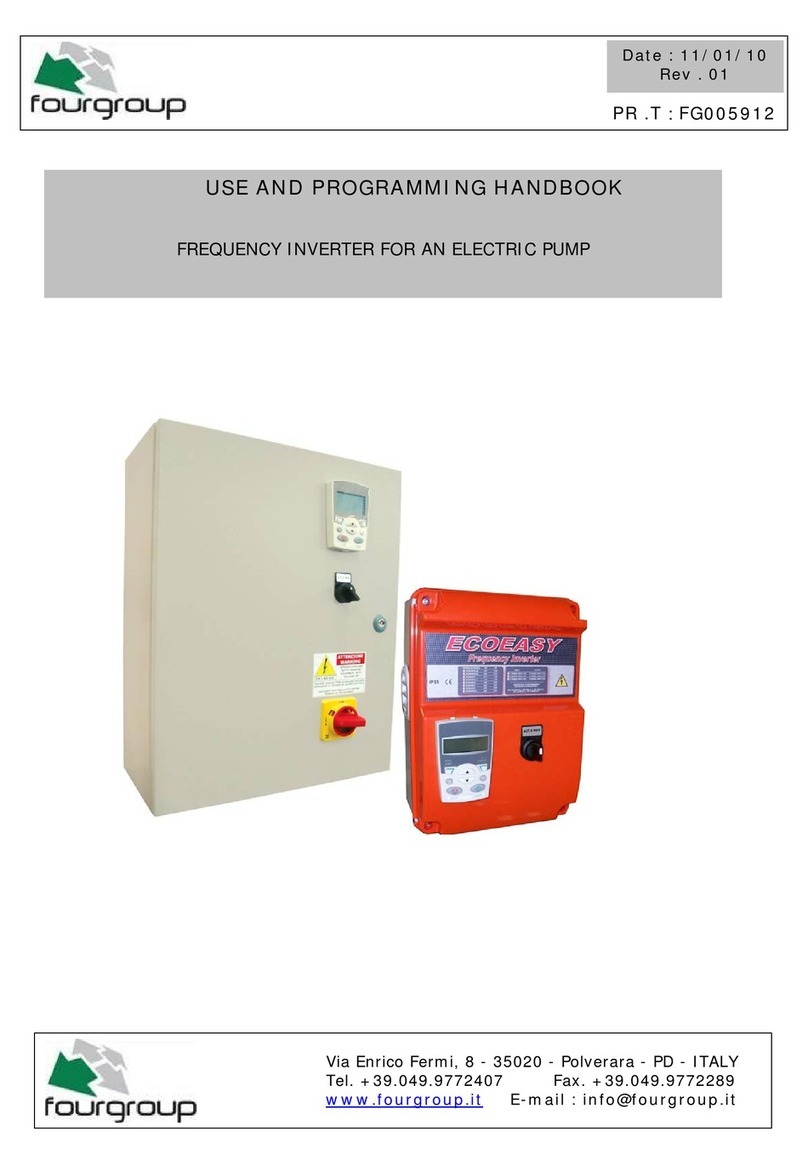
Installation, use and maintenance instructions - DualSun FLASH
Table of contents
1Introduction ................................................................................................................3
1.1 Symbols used in this document...................................................................................................... 3
1.2 General safety instructions ............................................................................................................ 4
1.3General standards to be respected................................................................................................. 5
2General description .....................................................................................................6
2.1 General recommendations............................................................................................................. 6
2.1.1 Handling....................................................................................................................................................... 6
2.1.2 Transportation ............................................................................................................................................. 6
2.1.3 Storage......................................................................................................................................................... 6
2.2 Technical considerations ................................................................................................................ 7
2.2.1 Static requirements on the roof ................................................................................................................... 7
2.2.2 Tilt angle ...................................................................................................................................................... 7
2.2.3 Wind and snow load .................................................................................................................................... 7
2.2.4 System location............................................................................................................................................ 7
2.2.5 Types of mounting ....................................................................................................................................... 8
2.2.6 Fire/explosion protection............................................................................................................................. 8
3Mechanical installation ...............................................................................................9
3.1 Installing DualSun modules ............................................................................................................ 9
3.2 Mounting specificities of DualSun Flash panel.............................................................................. 11
4Electrical installation .................................................................................................12
4.1 Electrical connection .................................................................................................................... 12
4.1.1 Serial wiring ............................................................................................................................................... 13
4.1.2 Parallel wiring ............................................................................................................................................ 13
4.2 Electrical fittings, cables and diodes............................................................................................. 14
4.3 Grounding and lightning protection ............................................................................................. 15
4.4 Indirect lightning strike ................................................................................................................ 16
5Cleaning the surface of the modules..........................................................................17
6Decommissioning the installation..............................................................................17
6.1 Disassembling a module............................................................................................................... 17
6.2 Waste treatment.......................................................................................................................... 17
7Responsibilities .........................................................................................................18
7.1 Warranty conditions .................................................................................................................... 18
7.2 Disclaimer .................................................................................................................................... 18
